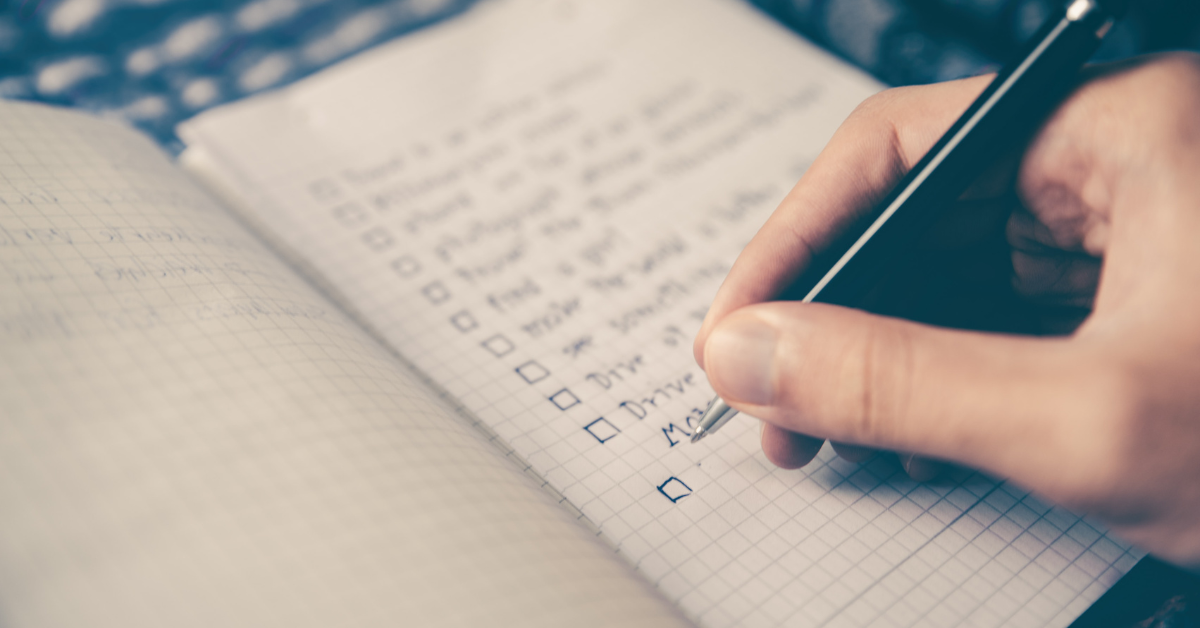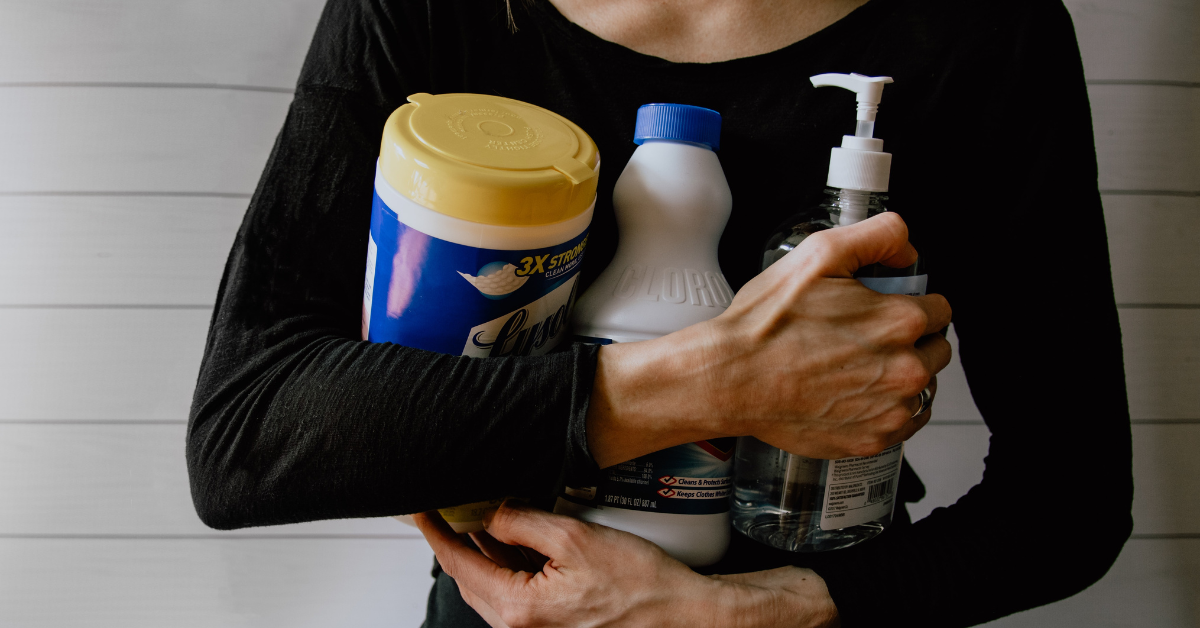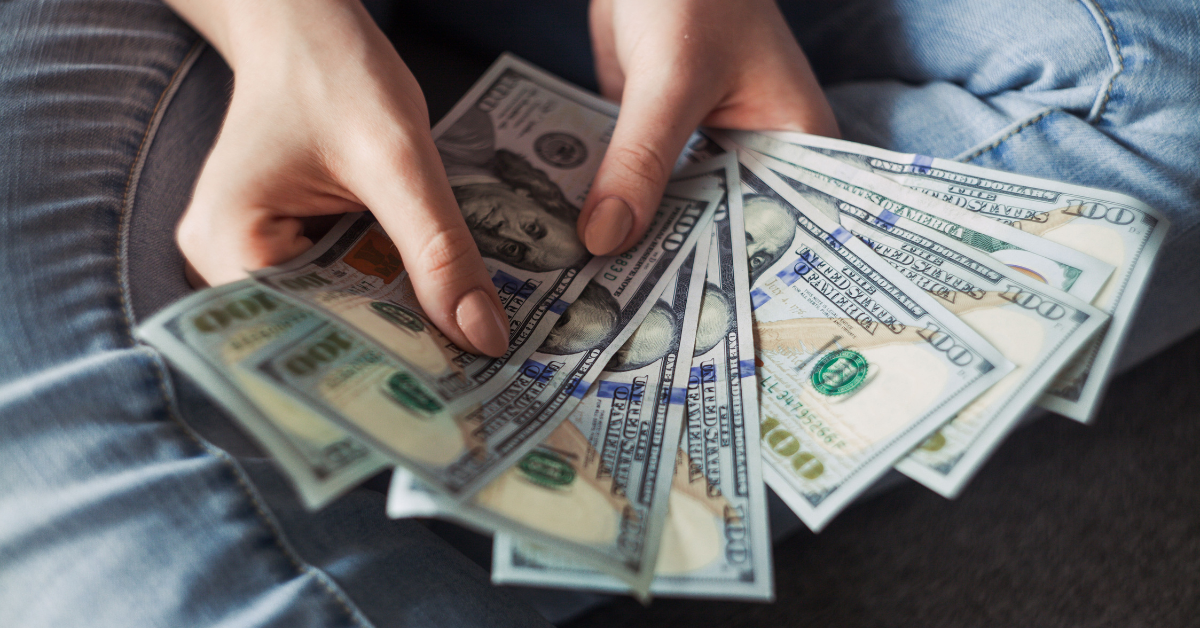Nomad Blog
Back to all posts
11 Surefire Ways to Protect Your Security Deposit
Published on: Sep 6, 2022
Security deposits can feel like a loosey-goosey gray area for renters. Why do you need to provide a security deposit? Is there anything you can do to ensure you get it back?
Laws around security deposits differ per state, and landlords will have their own requirements and preferences (hopefully, lawful ones) about how they handle security deposits. Some will only use them if issues arise with on-time rent payments or damages, while others will use the security deposits for deep cleanings between tenants.
Regardless, you should be in the know about how your security deposit is going to be used—and those details should be in writing within your lease. Once you know the particulars, it's your responsibility to do your part to protect your security deposit.
This will include paying your rent on time, keeping the property in tip-top shape, and detailing the accurate condition of the property before you move in. But, we're getting ahead of ourselves—we'll go through 12 surefire ways to protect your security deposit below.
Before we do that, let's discuss the purpose of a security deposit and how landlords use it.
What Is the Purpose of Your Security Deposit?
Your security deposit is given to your landlord as financial proof that you plan to move into their property and take care of it. It's a protection for the landlord that you will maintain the property and pay your rent on time every month. If you don't keep your end of the bargain, the landlord can use your security deposit to fill in the gaps and ensure they don't suffer a loss.
Some deposits aren't refundable. For example, some landlords require you to pay last month's rent in advance or provide a deposit to pay for deep cleaning fees once you move out. If these conditions are in your lease, you won't be able to reclaim that non-refundable fee—no matter how clean you keep the property.
The argument that often comes up in security deposit disputes circles around who's responsible for the property's condition. The definition of normal wear and tear isn't always obvious.
For example, a tenant might move in and find that one of the stove's burners isn't working, but they might fail to report it. Upon moving out, the landlord may accuse the resident of causing the damages and withhold their security deposit to pay for repairs.
That's why it's important to follow our tips below to ensure you do your due diligence to protect your security deposit. Everything from documentation to pictures to joint walk-throughs will help in your case to keep your security deposit.
How to Protect Your Security Deposit
1. Read Your Lease
Read your lease (yes, actually read it) to see any conditions your landlord might have. They could include stipulations about your responsibility to clean and maintain the property to ensure it doesn't go from normal wear and tear to damages and negligence.
For example, you might be allowed to paint rooms in the property, but you might also be responsible for repainting them before you move out. These are the small lines of print that can often trip up residents.
2. Brush Up on the Laws
Each state has laws about security deposits, and counties and cities can add further regulations. These laws sometimes set limits on security deposits, while others provide deadlines for when you must return a security deposit.
Know your rights and the laws so you can have supported discussions with your landlord. For example, landlords in Colorado must return a security deposit within a month unless the lease agreement specifies a longer period (which can't be greater than 60 days).
3. Use a Move-in Checklist

Residents sometimes make the mistake of doing an informal (and haphazard) walk-through when they move into a new property. Sure, they check to make sure all the light switches are working and there are no massive chips on the wall, but they might not inspect to make sure the stove's vent is working or look to find mold underneath the sink.
Use a move-in checklist to avoid missing anything. It'll also help you provide documentation of the state of the property that you can use when you move out, too.
4. Walk Through With Your Landlord
A joint move-in inspection guarantees you and your landlord are on the same page. They might not have been in the property since the previous tenants moved out, and you don't want to be held responsible for the damages they caused.
If possible, ask your landlord to fill out a move-in checklist documenting the state of the property. Once you agree with the documents (and only if you agree with them), sign and date the checklist. Make a copy that you can reference when you're cleaning up and moving out to double-check what you might need to fix and what's beyond your responsibility.
5. Take Pictures and Video
Beyond the written checklist, take pictures and videos of the entire property before moving in. Pay special attention to anything that seems broken or excessively dirty.
Most phones will attach location and time stamps to your images and videos. If yours doesn't, write these down so there's proof of when the images were taken. If possible, get your landlord to sign off on the photos.
Having this documentation makes it easy to compare and contrast when you're doing your move-out inspection. If there are any disputes, you can reference the images to show changes (or lack thereof).
6. Clean Up Your Mess

Do your part to maintain the property. That likely includes regularly cleaning kitchens, bathrooms, and high-trafficked areas. Care for the property like it's your own. Cleaning up after yourself will ensure damages and changes don't exceed normal wear and tear.
7. Don't Damage the Property
This seems obvious, but it's worth mentioning. If you damage the property (due to your own errors or negligence), you'll be held responsible—as it should be. When you notice problems, do something about them.
For example, if the dishwasher makes weird noises, don't just keep using it until it breaks. Try to figure out what's happening or contact your landlord to request repairs.
You're also responsible for replacing lightbulbs and furnace filters that go bad. Check all of these during your move-out to ensure everything is working and up to date.
Depending on your property and your lease agreement, you might be responsible for the lawn. Remember this before it's move-out time because it'll be pretty darn difficult to make up for months of lawn care negligence.
You don't need to go overboard with lawn maintenance—just ensure you return it back to the landlord in the same condition it was given to you.
On that note, make sure you take pictures and videos of the lawn when filling out your move-in checklist. This will help you have a record of its condition when you took over maintaining it.
8. Request Repairs Promptly
Don't wait until the move-out day to point out everything that needs repairing to your landlord. When something breaks (whether it's your fault or not), let them know quickly so they can begin planning and budgeting for the fix. Keep documentation (written records or visual copies) of conversations with your landlord to reference later if necessary.
9. Pay Your Rent in Full (and on Time)

Your landlord can withhold your entire security deposit to cover any missed rent payments. Pay your rent in full and on time every month to ensure this isn't an issue.
10. Follow the Move-Out Instructions
Read your lease and follow all specific move-out instructions. They might ask you to get the carpets professionally cleaned, or they could demand you sweep out the garage. Regardless of the requests, you signed the lease and must follow the expected move-out instructions.
11. Do an Exit Walk-Through With Your Landlord
Ideally, you want to do a move-out walk-through with your landlord. This is so that you can both document the property's current condition in relation to its condition before you moved in.
Doing a joint exit walk-through with your landlord makes communication clear and obvious. There's less dispute when talking in person rather than exchanging emails and text messages with random pictures trying to show a problem.
Another option is a comprehensive virtual inspection—and that’s something Nomad provides. This is a great alternative, especially if you’ve already left or aren’t available for a walk through.
Frequently Asked Questions About Security Deposits
How Much Security Deposit Do I Get Back?
That depends on your lease and how you cared for the property. Ideally, you'll get your entire security deposit back (unless stated otherwise in your lease). However, if you didn't do your part to maintain the property, you might expect to only get a portion of your security deposit back—or none of it.
Does My Security Deposit Cover Damages?
Yes, your security deposit covers damages to the property. It also covers missed rental payments, cleaning costs, and key replacement (if you lost yours or failed to return them).
What Can You Do If Your Security Deposit Isn't Returned?
If your landlord wrongfully withholds your security deposit, it's time to take action. First, try to contact your landlord and negotiate. If possible, record this conversation (with their consent) so that it can be referenced if necessary.
If that doesn't work, you can send a demand letter. This will give your landlord written notice and a deadline. If they don't return the security deposit as outlined by your state or city's laws, you can sue your landlord (or threaten to sue) in Small Claims Division of County.
Often, the threat of suing is sufficient for a landlord to return a security deposit that they've wrongfully withheld.
Find Your Next Home With Nomad
The perfect home is out there—you just need a little help finding it. Work with Nomad to find a home that works for your family, circumstances, and budget.
When you find a home with Nomad, you get more than just a roof over your heads—you get resident benefits that extend beyond your lease:
Credit Reporting: Build your credit by paying rent on time. We report your good behavior to boost your odds of securing financing down the road if you decide to purchase a home.
Brokerage Discounts: Unlock discounted commissions and your last month of rent free when you work with Nomad to buy a home.
Home Assistant: Get help from a personal home assistant within 60 seconds for help with maintenance, repairs, and service.
Flexible Leases: Move within the Nomad network with zero penalties for breaking your lease early (60 days notice required)
Check our current listings to find your next perfect home.

Reach New Heights
Get a no-obligation estimate for Guaranteed Rent, and see how Nomad can help you earn more with less stress


Unlocking economic opportunity for everyone.
Already a customer with us? Login to your portal

© 2025 Nomad Labs, Inc. All rights reserved.
Nomad Brokerage LLC
Nomad Brokerage California Inc
California DRE # 02230490
Texas Real Estate Commission Consumer Protection NoticeTexas Real Estate Commission Information about Brokerage Services



